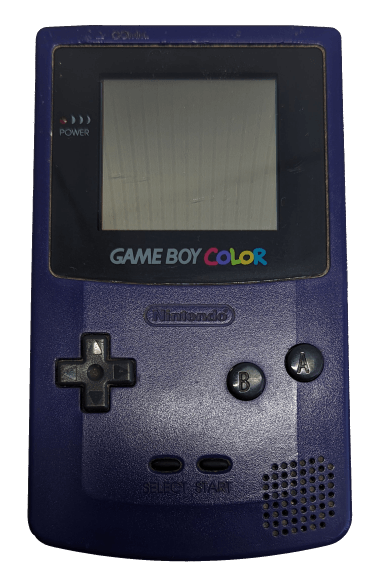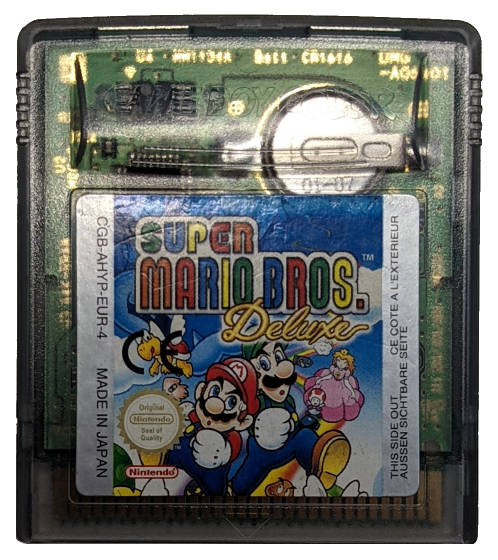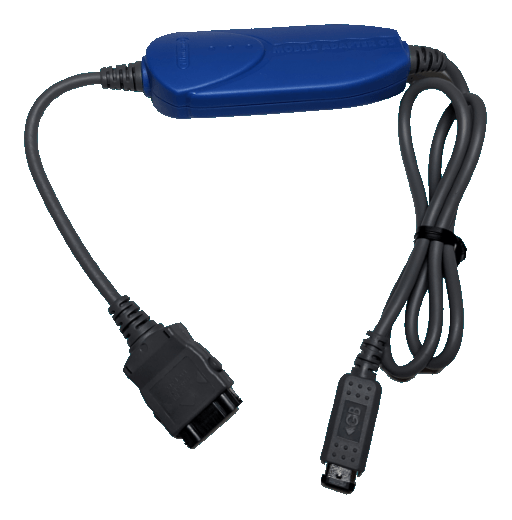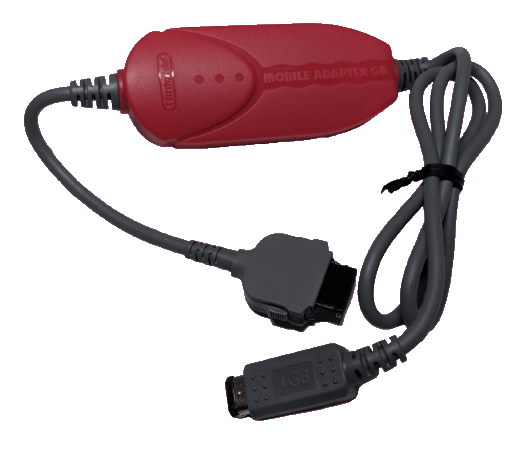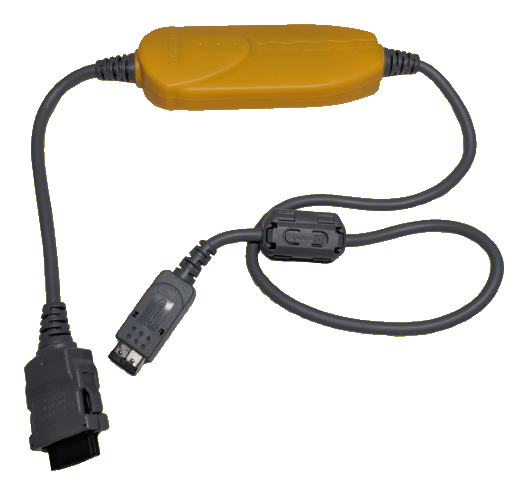Welcome to Luckless Heaven! This website is (soon to be) the biggest encyclopedia for Nintendo-related information on the Internet. Currently under construction.
Portable console released in 1989
Unlike the Game & Watch series, the Game Boy could simply change games by swapping cartridges. The initial model was 8-bit with a 4 color screen. The later model, the Game Boy Color, upped this number to 54 simultaneous colours.
CGB-001
Game Boy Color
The Game Boy Color is a new model of Game Boy with a colour LCD screen, manufactured at a similar size to the Game Boy Pocket/Light. Nintendo were actually working on the Game Boy Advance prior to this remodel, but due to the demand of developers who wanted to make colour games, this remodel was brought to life. Colour screens were considered for the original model of Game Boy, but it took some time for small colour LCD screens to become affordable for mass production. The colour LCD screen can display up to 56 colours at a time, rather than the older model's 4 shades of 1 colour at a time. Another new change is a new infrared receiver on the top of the console, used as a form of communication between other Game Boy Color consoles. This model gets roughly 20 hours of game time from two AA batteries.
CGB-002
Game Boy Color Cartridge
The Game Boy Color cartridge is similar to the original Game Boy cartridge, with some minor changes. The grip at the top of the cartridge bulges outwards, rather than curving inwards. It also lacks the nodge on the top left, which is how the original Game Boy would prevent cartridges from being pulled out during operation. If used with an older Game Boy model, these cartridges will not work. Even though the Game Boy Color has its own cartridges for exclusive new colour games, the Game Boy Color is compatible with older Game Boy games, and can even play them in 12 different preset colour palettes, chosen by using the D-pad and face buttons when starting the console.
CGB-003
Game Boy Color Game Link Cable
This Game Link Cable is a link cable that can connect a Game Boy model to any other model of Game Boy. The cable has the new type connector on both sides, making it compatible with any combination of Game Boy Pocket, Game Boy Light and Game Boy Color consoles. This cable is also sold with the Universal Game Link Adapter (DMG-14) which is connected to the cable by default with a bit of plastic, allowing even an original model Game Boy to be connected.
CGB-004
Unidentified
CGB-005
Mobile Adapter GB
The Mobile Adapter GB is a peripheral that allows the Game Boy Color or Game Boy Advance to connect to a 2G mobile phone, in order to access downloadable content or to play with other users over a long distance; essentially a primitive form of online connectivity. The server for most of these services, Mobile System GB, was only active for a short time, starting in January 2001 and ending in December 2002. For information on a restoration project for this service, please click here.
CGB-005PD
The most common variant of Mobile Adapter GB, the blue adapter, was compatible with the second-generation Japanese mobile phone communication standard, PDC. However, since PDC was terminated on the 31st of March, 2012, the blue adapter is now useless. This adapter allowed for a maximum bit rate of 9.6 kbps.
CGB-005DD
The red adapter supports the PHS communication standard, αPHS. The service of these αPHS systems ended at the end of July 2020, meaning the red adapter is now also useless. This adapter allowed for a maximum bit rate of 32 kbps.
CGB-005CD
The yellow adapter supports cdmaOne’s circuit switching system and asynchronous CDMA, meaning compatibility with newer technologies like cdmaOne’s 3G and 3.5G variants. The Japanese mobile company "au" removed support for circuit switching in models released in 2005 and later terminated their circuit switched data communication service in July 2012, rendering the yellow adapter useless. This adapter allowed for a maximum bit rate of 14.4 kbps.
CGB-005??
The green adapter would have supported PHS phones from Astel and NTT DoCoMo, but it was ultimately cancelled, likely due to the low number of Astel/NTT PHS phones being used at the time (late 2000). Evidence of this planned adapter can be found on
this page archived from Nintendo’s website.
For a full list of compatible mobile phone models for each adapter variant, click the images of the adapters on the right.


